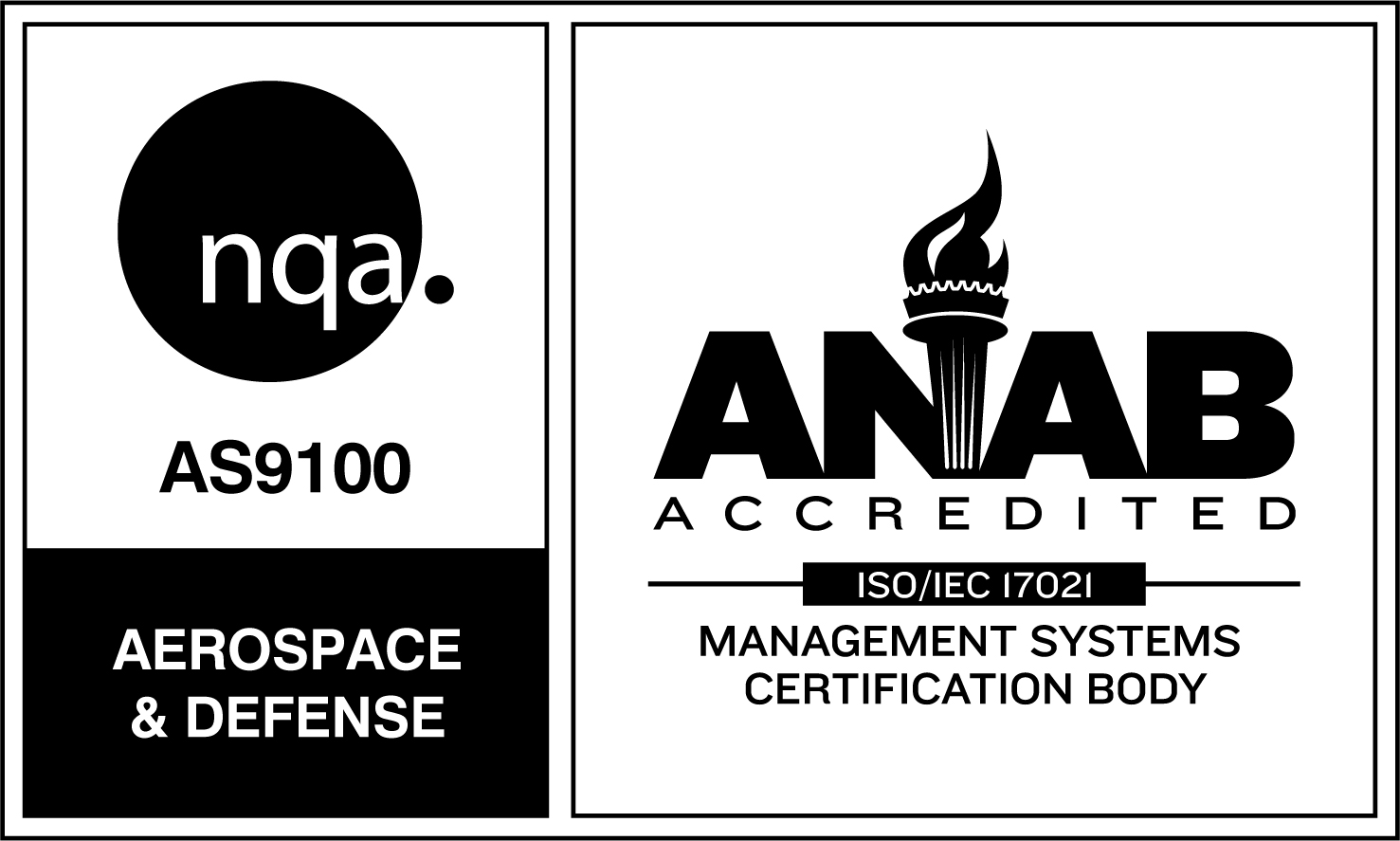Controlling or eliminating oxidation is a big focus in the brazing industry. Whether the concern is to produce bright, shiny parts straight out of the brazing furnace, or to have a final joint that is completely reliable, many braze processes needs to take oxidation into account. Depending on the materials to be joined and the goals of the customer, a variety of techniques are available to ensure oxidation-free brazing.
What is oxidation and why does it matter?
Oxidation is a process that takes place at the atomic level in a material. In an oxidation reaction, the oxidized material loses electrons to another material, which undergoes reduction by gaining the electrons from the oxidized source. Although the name implies that oxygen is always involved, in fact that is not the case. Oxygen gas is a common oxidizing agent and was originally thought to be the only one, but many other elements undergo oxidation reactions.
Many manufacturing processes can be completed without worrying too much about oxidation. But in brazing, addressing and preventing oxidation is often a significant consideration in process design. There are a number of reasons why oxidation can be a problem for brazed parts. For many customers the number one issue is tarnished surfaces. An oxidized surface may need to be placed in an acid solution before it is shiny enough for delivery. Oxidation can also disrupt the capillary action of the braze filler material, leaving unacceptable weaknesses in the brazed joint. If problems like these are not within the customer’s specified requirements, the job may need to be redone, losing both time and money.
How oxidation can be controlled during brazing
Brazing operations confront oxidation at two key points: when parts first arrive at the shop, and during the brazing process itself. A responsible brazing business carefully inspects every component for oxidation before beginning its work. If the customer delivers parts that have undergone oxidation, they will need careful cleaning before brazing begins.
During brazing, as metals heat up they become more reactive with oxygen and other oxidizing elements. Every material has a distinct oxidation point and the composition of each component needs to be taken into consideration to determine appropriate brazing temperatures and braze filler materials. To prevent oxidation from gasses and particulates in the atmosphere, brazing can be conducted in a vacuum or in an atmosphere that is composed exclusively of a nonreactive element, like hydrogen or argon gas.
Thermal-Vac partners with customers to optimize the brazing process
At Thermal-Vac our in-house team of engineers works with customers from the earliest points in their projects to design a braze process that meets even the most stringent standards of quality. Producing oxidation-free brazed parts is part of our routine. To find out how Thermal-Vac can help your business solve its brazing challenges, give us a call today.


